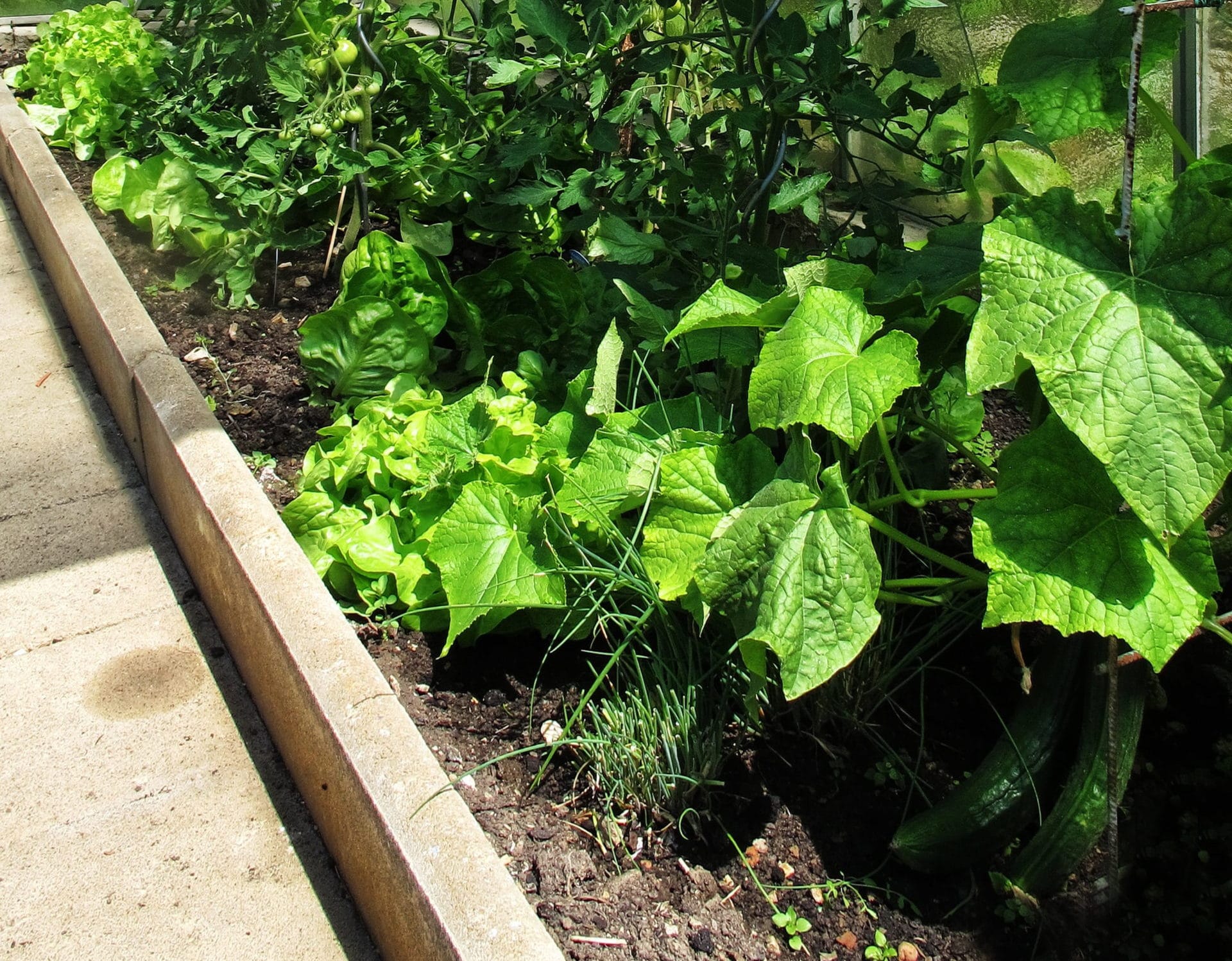Are you wondering how to make a mini greenhouse for carnivorous plants? The good news is that carnivorous plants grow well in most parts of the U.S., particularly in USDA Zones 5 to 10.
To create an ideal mini greenhouse for these bug-eating plants, it’s best to replicate a bog – a carnivorous plants’ natural habitat. The soil doesn’t have many nutrients, which is why these plants evolved to eat insects.

Once you have a mini bog planter, you can grow different types of carnivorous plants, like the Venus flytrap, pitcher plants, sundews, the cobra lily, and more. You don’t have to hand-feed these plants because insects like houseflies and wasps, will naturally fall prey to your bug-eating plants.
Some of the carnivorous plants you should plant inside your greenhouse include the Venus flytrap, purple pitcher plant, common butterwort, California pitcher plant, waterwheel plant, roundleaf sundew, dewy pine, monkey cup, and cobra lily.
How to Create a Mini Greenhouse for Carnivorous Plants
If you’re planning to create a mini-greenhouse for carnivorous plants, here are some of the factors to keep in mind:
Soil
As we’ve already established, carnivorous plants naturally grow in a nutrient-poor bog environment. If you’re mixing your own soil, make sure to check the labels. Your plants may not grow well if there’s salt in the sand or fertilizer in the peat moss. It’s better to buy premade soil for carnivorous plants. You can check out your local garden shop for more information.
For best results, mix one-part sand, one-part perlite, and three parts peat moss. Mix them in a separate bowl. Place horticultural charcoal at the base of your container before you put the soil mixture. This keeps the water from getting stinky, and it absorbs the impurities.
Add your carnivorous plants
Decide on the arrangement of your plants before taking them out of their pots. Some carnivorous plants have sensitive roots, so make sure to handle them carefully. The base of your plants should be slightly over the rim of the pot. In this way, the plants won’t rot if the water level is high.
Make sure you know what your plants like. For instance, Sundew and Venus Fly Traps love the sun, so make sure to keep them under direct sunlight most of the day. You can also add water plants like Alpine Water Fern and Fiber Optic grass to add texture to your mini greenhouse.
Watering
Watering carnivorous plants is different from regular plants. Tap water contains chlorine and other minerals that may kill your plants after some time. Rainwater works best, but distilled water works too if you’re in a pinch. Fill the entire container with water. Your plants thrive best in wet soil, similar to the bog environment.
Sunlight
It’s easy to assume that these bug-eating plants love the dark, murky places. However, carnivorous plants thrive best under full sunlight. Keep your mini greenhouse on your deck, patio, or outside your yard. Just make sure it gets plenty of sunshine. In no time, you’ll enjoy an insect-free garden.
Feeding your plants
If you place your mini greenhouse outside, your carnivorous plants should naturally attract insects. But if you keep them inside your home during winter, you can keep them alive by feeding them by hand.
Taking care of carnivorous plants during winter
Just like other plants, these insect-loving plants go dormant during the winter season. They can thrive in low temperatures, at least 20 degrees F at night, but it shouldn’t go above freezing point during the day. The water in the soil shouldn’t stay frozen for more than a week. If so, it’s best to take your mini greenhouse inside.
Why Are Mini Greenhouses a Great Option for Gardeners?
Greenhouses are useful, practical, and economical—all gardeners dream of owning a greenhouse. However, one factor that stops them from buying one is financial constraint. Most people assume that greenhouses are expensive. While some are, other options would fit any budget.
Mini greenhouses are the perfect option for those who have limited garden space or those who prefer a more cost-effective solution. Other than that, here are some of the reasons why you should invest in a mini greenhouse:
Perfect for small spaces
You can easily place mini-greenhouses on balconies, decks, patios, or even on tables. This is a great option for gardeners who are into planting and growing crops but don’t have enough space to do so.
Protect your plants from pests and critters
Rabbits, deer, mice, and harmful insects love to eat your plants’ leaves and crops. Keeping them inside a greenhouse keeps these pesky critters away.
Shield your plants from inclement weather
Heavy rain, hail, excessive heat, and strong winds can damage your plants. A mini greenhouse keeps your plants safe and protected from bad weather. Even if there’s a storm outside, your plants will continue to grow healthily.
The Bottom Line on How to Make a Mini Greenhouse for Carnivorous Plants
Growing carnivorous plants is exciting, but you need to know how to properly take care of them. By placing them in a mini greenhouse, they stay safe and protected regardless of the weather outside.
Now that you know how to make a greenhouse for carnivorous plants and you have your own mini greenhouse, all you have to do is to weed and water. When done right, you’ll enjoy your mini greenhouse for years.

Is it need air exhaust fan and air fan for air circulation and goof flows? Light, fogger, humidifier? Air-conditioned for like me live Philippines? What plants conditions good in greenhouse – lowland nepenthes, intermediate, highland nepenthes?